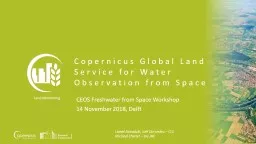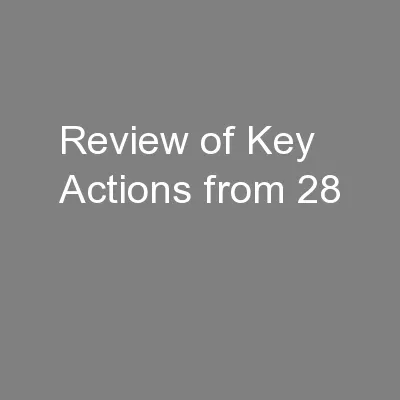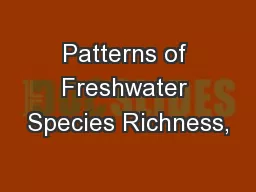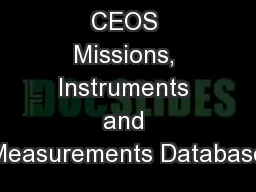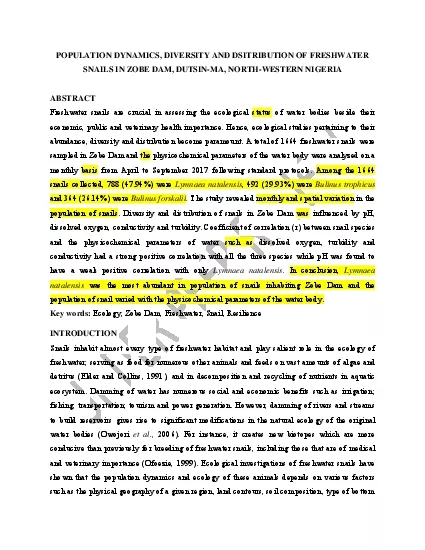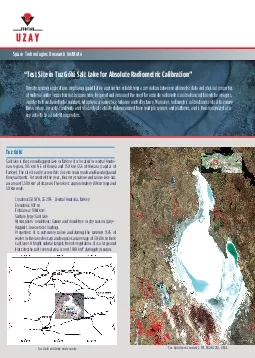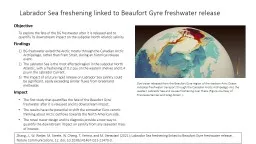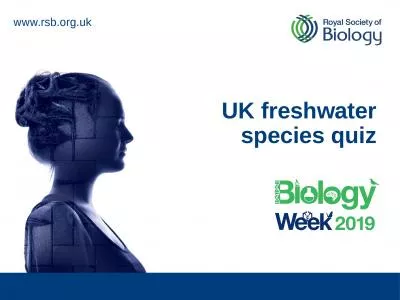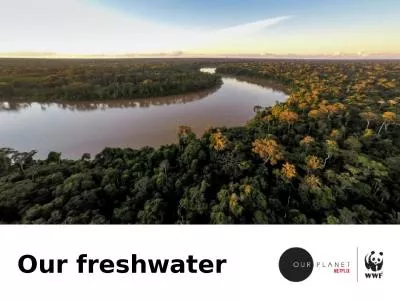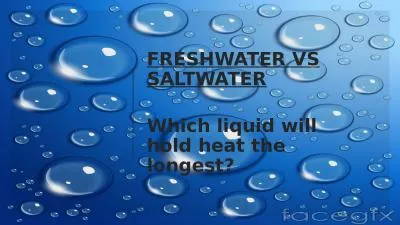PPT-CEOS Freshwater from Space Workshop
Author : lindy-dunigan | Published Date : 2018-11-23
14 November 2018 Delft Copernicus Global Land Service for Water Observation from Space Lionel Zawadzki Joël Dorandeu CLS Michael Cherlet DG JRC Copernicus Entrusted
Presentation Embed Code
Download Presentation
Download Presentation The PPT/PDF document "CEOS Freshwater from Space Workshop" is the property of its rightful owner. Permission is granted to download and print the materials on this website for personal, non-commercial use only, and to display it on your personal computer provided you do not modify the materials and that you retain all copyright notices contained in the materials. By downloading content from our website, you accept the terms of this agreement.
CEOS Freshwater from Space Workshop: Transcript
Download Rules Of Document
"CEOS Freshwater from Space Workshop"The content belongs to its owner. You may download and print it for personal use, without modification, and keep all copyright notices. By downloading, you agree to these terms.
Related Documents

